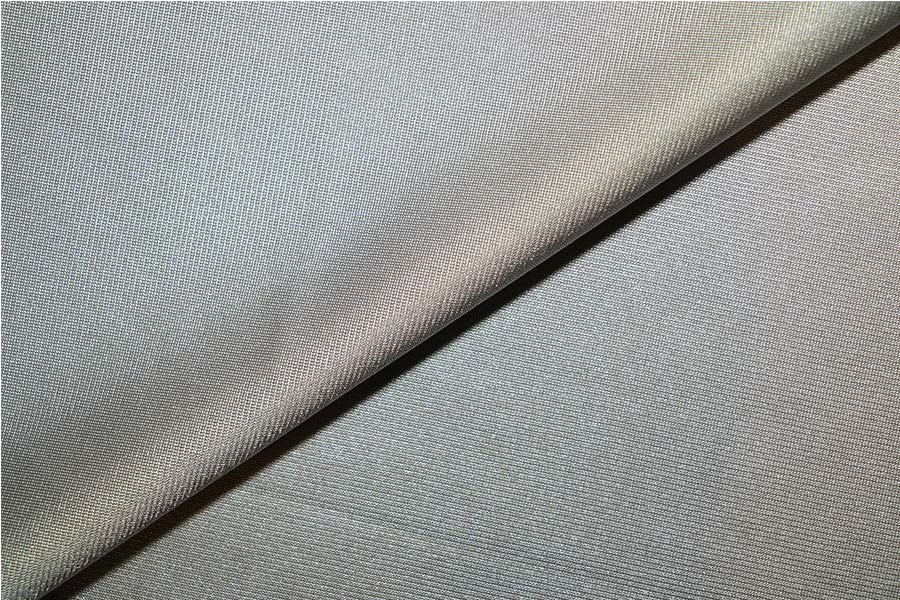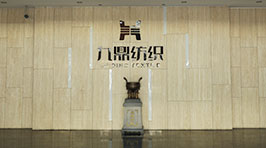
Advantages and Disadvantages of Polyester Activewear Fabric
There are several benefits to using polyester as an activewear fabric. It's soft and breathable and wicks moisture away from the skin, allowing you to move freely and comfortably. It is also extremely durable, ensuring that your workout clothes stay looking great for longer. There are a few things to remember about this fabric, however. Here are some things to keep in mind when shopping for polyester for activewear. Read on to learn about the pros and cons of this material.
Activewear fabrics are important to the comfort of athletes. Polypropylene is one of the most popular and durable options available for athletic clothing. It wicks moisture and has low odor, which is ideal for activewear. And, because it can be worn with many different styles and cuts, it can also be easily transitioned from sports to daily wear. Its ability to retain moisture and regulate temperature are essential features in sportswear.

Other benefits of polyester fabric include durability and moisture-wicking. It can withstand the rigors of sports, yet can easily transition to everyday clothing. The cut and style of the activewear garment affects the temperature and ensures maximum comfort. If the fabric is resistant to stains, it can be used as a transitional piece for everyday wear. This means you can wear your gym gear without worrying about it looking out of place.
As an alternative to polyester, you can look for a material made from nylon or a blend of polyester fibers. Microfiber is made of ultra-fine thread fibers with a linear density of one denier. These threads are 100 times thinner than human hair and are extremely resilient. In addition, microfiber is more durable and resistant to abrasion than polyester. And because it is so expensive, it is often used in high-end sportswear.
The main benefit of polyester is its durability. It's cheaper than natural fabrics and offers better wicking properties. A good quality polyester activewear garment will also be durable and breathable. It will last for many seasons. You can even use it for high-impact activities, as it won't get wet or smelly. The polyester fabric is an excellent choice for many activewear items. There are several advantages to this fabric as an activewear material.
Another advantage of polyester is that it's less expensive than natural fabrics. It is also known to wick moisture and keeps the body temperature more consistent. The heat and moisture transfer of an activewear fabric is an essential factor in the dynamic comfort of your apparel. Typically, heat is transferred through conduction, radiation, and concealed vapour-liquid transport. A thermodynamically-efficient polyester fabric is lightweight and quick-drying, so you'll be comfortable no matter what you're doing.
The polyester activewear fabric is more durable than natural fabrics. It wicks moisture, making it a popular choice for activewear. It also tends to cost less than natural fabrics. For this reason, it's a popular choice for activewear. This material also has several other advantages, including being more affordable than natural fabrics. The first is its cost-effectiveness. It's less expensive than natural fabrics, but it's better quality than natural fabrics.
The next advantage to polyester is that it's breathable and lightweight. It's also easier to wash. It's also cheaper to make synthetic fabrics. Since it's cheaper, it is a great choice for activewear. Some natural fabrics may be too thick or too thin for some people. But polyester is an excellent choice for activewear. This material is more durable than natural fabrics, and it wicks moisture. It's also more breathable, which makes it an ideal choice for many kinds of sportswear.
While natural fabrics are better suited for activewear, polyester is a popular choice because of its durability. It's highly breathable and quick-drying. It's also less likely to shrink than natural fabrics. It's more durable than natural fabrics, so it is a good choice for sportswear. Although polyester is the most commonly used fabric in sportswear, it's also more expensive than cotton and silk. It can't be used as a substitute for other types of fabric.
Activewear fabrics are important to the comfort of athletes. Polypropylene is one of the most popular and durable options available for athletic clothing. It wicks moisture and has low odor, which is ideal for activewear. And, because it can be worn with many different styles and cuts, it can also be easily transitioned from sports to daily wear. Its ability to retain moisture and regulate temperature are essential features in sportswear.

Other benefits of polyester fabric include durability and moisture-wicking. It can withstand the rigors of sports, yet can easily transition to everyday clothing. The cut and style of the activewear garment affects the temperature and ensures maximum comfort. If the fabric is resistant to stains, it can be used as a transitional piece for everyday wear. This means you can wear your gym gear without worrying about it looking out of place.
As an alternative to polyester, you can look for a material made from nylon or a blend of polyester fibers. Microfiber is made of ultra-fine thread fibers with a linear density of one denier. These threads are 100 times thinner than human hair and are extremely resilient. In addition, microfiber is more durable and resistant to abrasion than polyester. And because it is so expensive, it is often used in high-end sportswear.
The main benefit of polyester is its durability. It's cheaper than natural fabrics and offers better wicking properties. A good quality polyester activewear garment will also be durable and breathable. It will last for many seasons. You can even use it for high-impact activities, as it won't get wet or smelly. The polyester fabric is an excellent choice for many activewear items. There are several advantages to this fabric as an activewear material.
Another advantage of polyester is that it's less expensive than natural fabrics. It is also known to wick moisture and keeps the body temperature more consistent. The heat and moisture transfer of an activewear fabric is an essential factor in the dynamic comfort of your apparel. Typically, heat is transferred through conduction, radiation, and concealed vapour-liquid transport. A thermodynamically-efficient polyester fabric is lightweight and quick-drying, so you'll be comfortable no matter what you're doing.
The polyester activewear fabric is more durable than natural fabrics. It wicks moisture, making it a popular choice for activewear. It also tends to cost less than natural fabrics. For this reason, it's a popular choice for activewear. This material also has several other advantages, including being more affordable than natural fabrics. The first is its cost-effectiveness. It's less expensive than natural fabrics, but it's better quality than natural fabrics.
The next advantage to polyester is that it's breathable and lightweight. It's also easier to wash. It's also cheaper to make synthetic fabrics. Since it's cheaper, it is a great choice for activewear. Some natural fabrics may be too thick or too thin for some people. But polyester is an excellent choice for activewear. This material is more durable than natural fabrics, and it wicks moisture. It's also more breathable, which makes it an ideal choice for many kinds of sportswear.
While natural fabrics are better suited for activewear, polyester is a popular choice because of its durability. It's highly breathable and quick-drying. It's also less likely to shrink than natural fabrics. It's more durable than natural fabrics, so it is a good choice for sportswear. Although polyester is the most commonly used fabric in sportswear, it's also more expensive than cotton and silk. It can't be used as a substitute for other types of fabric.











 中文简体
中文简体 English
English Español
Español русский
русский













